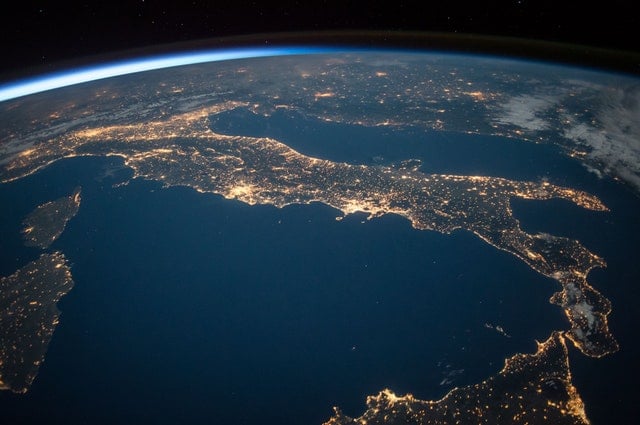NASA is happy to bring the news that, despite facing a climate crisis, the Earth is now greener. It is literally greener than it was 20 years ago, thanks to the tree planting efforts of China and India.
The new research by NASA reveals that the two countries with the world’s largest populations have the most contributions in the significant increase in green foliage. This phenomenon was detected with the help of a NASA instrument called Moderate Resolution Imaging Spectroradiometer or MODIS. This instrument gathered 20 years worth of data and has accurate information on the details of the Earth’s vegetation.
According to CNN, the planet’s leaf area has increased by 5 percent since the beginning of 2000. This is equivalent to the area covered by all Amazon rainforests. Thanks to the implementation of tree planting programs and intensive agriculture efforts in both countries, the world now definitely has more trees.
“China and India account for one-third of the greening, but contain only 9% of the planet’s land area covered in vegetation — a surprising finding, considering the general notion of land degradation in populous countries from overexploitation,” said Chi Chen, the study’s lead author and a graduate researcher at Boston University’s Department of Earth and Environment, in a statement.
42 percent of the global greening phenomenon was contributed by China and is the result of the programs designed to expand and conserve forests. These programs were created for the purpose of reducing air pollution, soil erosion and climate change. On the other hand, the increase in the green leaf areas in India primarily comes from the cultivation of food crops. Both countries have shown a significant increase in food production to also address the need to feed their large populations.
According to Rama Nemani, a research scientist at NASA’s Ames Research Center and a co-author of the new study, the long term data from the MODIS satellite sensor has paved the way for deeper research. “When the greening of the Earth was first observed, we thought it was due to a warmer, wetter climate and fertilization from the added carbon dioxide in the atmosphere, leading to more leaf growth in northern forests, for instance. Now, with the MODIS data that lets us understand the phenomenon at really small scales, we see that humans are also contributing.”
The researchers emphasize that the increase in global greening does not offset or reverse the damage that’s already done in other ecosystems. However, they are optimistic about the results of the new study. They are happy to see that this trend was driven by human influence.
This story sends us a message that humans are indeed capable of making a change and making a difference in the world. And even if at times, we think that certain things are hopeless, the reality is they aren’t. This is also a perfect reminder that it is never too late to do something to save the planet Earth. And if we all decide to work hand in hand, no matter where we are from, our combined efforts will always have a positive impact in this world we’re living in.




